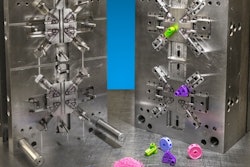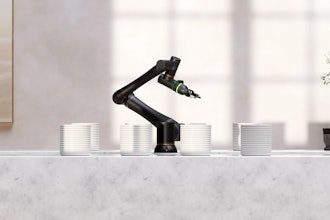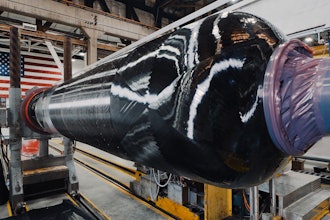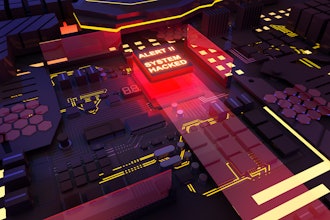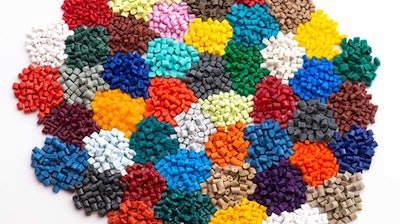
Let’s say you’ve got a great new idea for a plastic product and you’ve found a manufacturing partner to help you make it. You don’t need a lot of parts to start out with, but you do need that special custom color which is really going to make the whole thing come alive. Just show that color to your manufacturer and make all the copies you could want. Easy, right?
Well, not so fast. We don’t want to spoil anyone’s party but there are a few facts about mixing colors for plastic injection molding which any product designer needs to be aware of to avoid disappointments. Arm yourself with this knowledge now and you’ll be able to save time, money and frustration later when it comes to manufacture your plastic product.
Essentially there are four ways color is prepared for molding.
1) Compounded Colors
The first is called “compounded colors” or sometimes “pre-mixed”. Compounded colors are made by the resin supplier, where pigment and raw material have already been blended together to produce colored plastic pellets that are now ready to injection mold as-is.
For well-known Pantone or RAL colors this is probably the cheapest and easiest way to go. Manufacturers can obtain common colors quickly and may even have your color in stock. If you want a custom color, this too can be compounded by a resin supplier but they will require a minimum order of one ton, so it’s not cost effective when making a small run.
2) Masterbatching
Masterbatched colors are also made by the resin supplier. A masterbatch can be bought in standard or custom colors but these plastic pellets are heavily pigmented, 50 percent color to 50 percent resin. They are not ready to injection mold as-is; rather, they must be mixed with uncolored plastic to achieve a ratio of 2 percent color by volume.
With a minimum order of one ton, this masterbatch now represents 20 tons of moldable plastic, thus only making sense when producing large quantities of finished parts.
What if you only want a few thousand parts to start out with and you’ve got a custom color? First, the client and the compounder must agree on the color to be used to get a near match to the sample. And “near” is the operative term here.
Getting an approximate visual match with your color sample is the best that can be done, even when using standard visual and testing conditions. You can then opt to have a small batch of plastic pre-mixed by the molder, using one of two additional methods.
3) Solvent Coloring
Here a pigmented oil is mixed with a solvent. This solvent is sprayed over uncolored pellets, thoroughly coating them just prior to injection. In this method, it’s difficult to precisely control the ratio of color to plastic.
4) Dry Pigment Mixing
The last method is similar, but uses dry pigment powder directly mixed with plastic pellets in a hopper, again with a ratio of 2 percent pigment by volume. For some engineering plastics, the pellets must be dried first before adding the pigment.
This mixing in the hopper is also an approximation – most of the dry pigment will stick to the plastic pellets (which is what you want) but some will also stick to the walls of the hopper and related plumbing, thereby diluting the concentration of color. Any water vapor in the atmosphere will also enter into the mixture the moment that it’s taken from the dryer.
All told, this method is expedient if there is a small volume of a custom color – too small to have it compounded for you. But the price of expediency is that there are too many variables to provide assurance you’ll get exactly the color you want.
What Color Do You Need?
When dealing with prototypes or low-volume manufacturing, any reputable manufacturing partner will make their best effort to provide the closest match possible using the least amount of raw material.
But knowing the above will help you to understand the limitations to the process, especially when it comes to custom colors.
Large volumes of parts require lots of plastic and this is the easiest way to guarantee color consistency. Smaller volumes require compromises when it comes to custom colors that can’t always be avoided.





